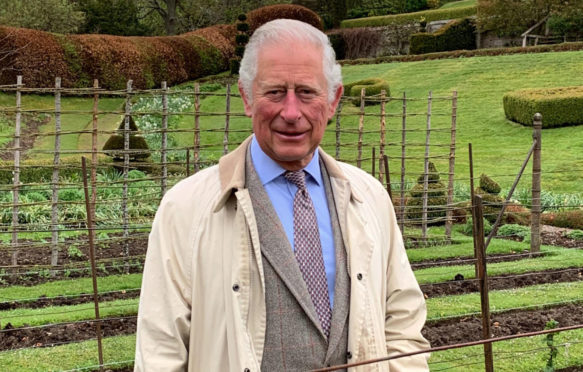
When I was at school, I spent a very memorable few days tattie picking at a local farm.
Some of my friends – attracted by the prospect of earning a bit of cash – had signed up for it, so I decided to join in. They made it sound like it would be fun. Wrong!
It was back-breaking work, so it didn’t surprise or disappoint me to read that a few years later our seasonal workforce had been replaced by machines.
I was reminded of the 5am wake-up calls and aching muscles when I saw the video of Prince Charles calling for an “army of people” to join the Pick For Britain campaign.
About 80,000 people will be needed to help bring in the harvest over the coming months, replacing temporary workers who usually travel from Europe to pick berries, apples, asparagus and spring onions as they come into season, and furloughed workers are being encouraged to lend a hand.
I love the idea of reviving the Land Army, with everyone doing their bit to help feed the nation, just as we did during the Second World War, but I’m not entirely convinced Prince Charles was the right spokesperson to make this call to arms – or should that be trowels?
Standing in the neatly manicured garden of one of his many homes, dressed in a tweed suit and tie, Charles looked so very far removed from the everyday people he was urging to take up the “unglamorous and, at times, challenging” work. I can’t help thinking the message would have had far more impact coming first-hand from one of the fruit and veg producers currently facing sleepless nights as they worry about their livelihood turning to mush in the fields.
A friend of mine recently signed up to help pick berries at a farm just outside Dunblane after a local farmer made his own plea for help.
Faced with fruit going to waste, he asked whether anyone in the community with a bit of free time would be available, and lots of kind-hearted volunteers offered their services in response.
As the country-wide crisis continues, we are really beginning to notice just how much we rely on migrant workers to fill roles many Brits simply don’t want to do, including the seemingly “low-skilled” tasks that have become the backbone of our fight on the frontline. This includes not just fruit pickers, but cleaners, supermarket workers, hospital porters and many more essential jobs.
When lockdown ends, I hope we come away with a renewed appreciation for these key workers keeping hospitals safe, fields empty, and bellies full.

Enjoy the convenience of having The Sunday Post delivered as a digital ePaper straight to your smartphone, tablet or computer.
Subscribe for only £5.49 a month and enjoy all the benefits of the printed paper as a digital replica.
Subscribe